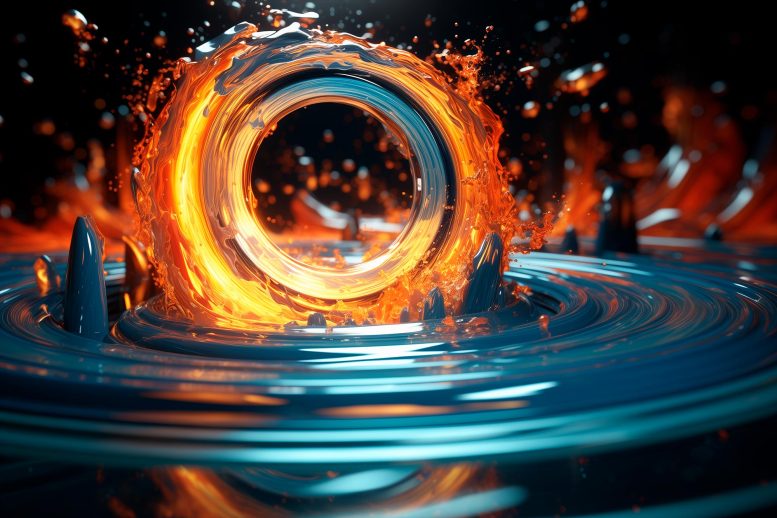
Researchers at the Quantum Science Center have verified the presence of quantum spin liquid behavior in KYbSe2, a material structured in triangular lattices. This discovery, rooted in a hypothesis from 1973, shows significant potential for advancements in quantum computing and superconductors. The study combines theoretical and experimental approaches to demonstrate key characteristics of quantum spin liquids.
A collaborative research team has confirmed quantum spin liquid behavior in the material KYbSe2, validating a decades-old hypothesis. This breakthrough, significant for quantum computing and superconductor development, was achieved using advanced neutron scattering techniques and computational analysis.
In 1973, physicist Phil Anderson hypothesized that the quantum spin liquid, or QSL, state existed on some triangular lattices, but he lacked the tools to delve deeper. Fifty years later, a team led by researchers associated with the Quantum Science Center headquartered at the Department of Energy’s Oak Ridge National Laboratory (ORNL) has confirmed the presence of QSL behavior in a new material with this structure, KYbSe2.
QSLs — an unusual state of matter controlled by interactions among entangled, or intrinsically linked, magnetic atoms called spins — excel at stabilizing quantum mechanical activity in KYbSe2 and other delafossites. These materials are prized for their layered triangular lattices and promising properties that could contribute to the construction of high-quality superconductors and quantum computing components.
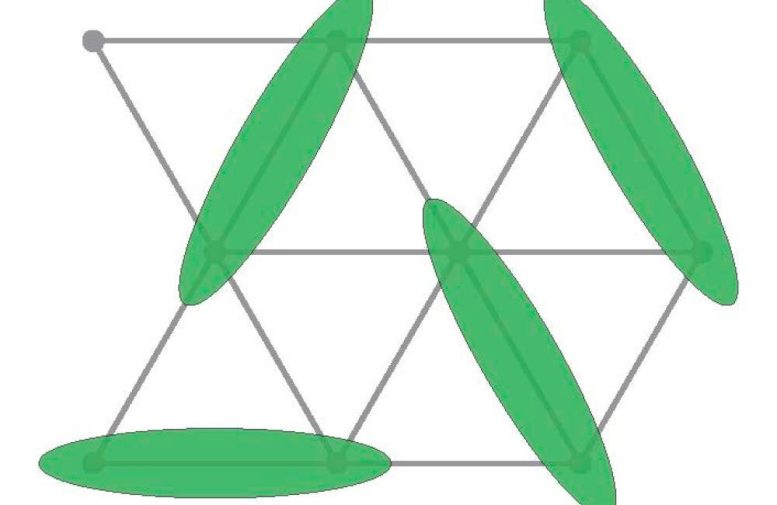
An illustration of the lattice examined by Phil Anderson in the early ‘70s. Shown as green ellipses, pairs of quantum particles fluctuated among multiple combinations to produce a spin liquid state. Credit: Allen Scheie/Los Alamos National Laboratory, U.S. Dept. of Energy
Collaborative Research Efforts
The paper, published on November 6 in Nature Physics, features researchers from ORNL; Lawrence Berkeley National Laboratory; Los Alamos National Laboratory; SLAC National Accelerator Laboratory; the University of Tennessee, Knoxville; the University of Missouri; the University of Minnesota; Stanford University; and the Rosario Physics Institute.
“Researchers have studied the triangular lattice of various materials in search of QSL behavior,” said QSC member and lead author Allen Scheie, a staff scientist at Los Alamos. “One advantage of this one is that we can swap out atoms easily to modify the material’s properties without altering its structure, and this makes it pretty ideal from a scientific perspective.”
Methodology and Findings
Using a combination of theoretical, experimental, and computational techniques, the team observed multiple hallmarks of QSLs: quantum entanglement, exotic quasiparticles, and the right balance of exchange interactions, which control how a spin influences its neighbors. Although efforts to identify these features have historically been hindered by the limitations of physical experiments, modern neutron scattering instruments can produce accurate measurements of complex materials at the atomic level.
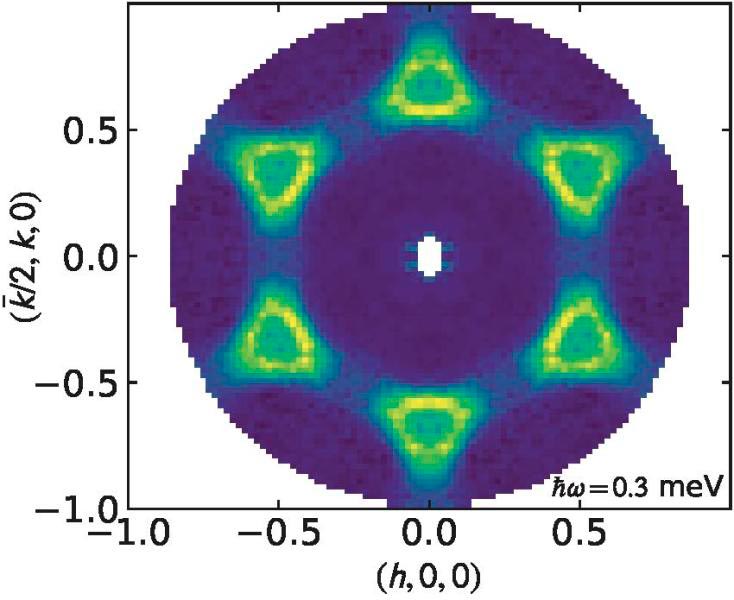
The data from the team’s neutron scattering experiments showed strong correlations between KYbSe2 and the simulated spectrum of a quantum spin liquid state. Credit: Allen Scheie/Los Alamos National Laboratory, U.S. Dept. of Energy
By examining KYbSe2’s spin dynamics with the Cold Neutron Chopper Spectrometer at ORNL’s Spallation Neutron Source — a DOE Office of Science user facility — and comparing the results to trusted theoretical models, the researchers found evidence that the material was close to the quantum critical point at which QSL characteristics thrive. They then analyzed its single-ion magnetic state with SNS’s Wide-Angular-Range Chopper Spectrometer.
Quantum Spin Liquid Characteristics and Future Directions
The witnesses in question are the one-tangle, two-tangle, and quantum Fisher information, which has played a key role in previous QSC research focused on examining a 1D spin chain, or a single line of spins within a material. KYbSe2 is a 2D system, a quality that made these endeavors more complex.
“We are taking a co-design approach, which is hardwired into the QSC,” said Alan Tennant, a professor of physics and materials science and engineering at UTK who leads a quantum magnets project for the QSC. “Theorists within the center are calculating things they haven’t been able to calculate before, and this overlap between theory and experiment enabled this breakthrough in QSL research.”
Implications for Quantum Science and Technology
This study aligns with the QSC’s priorities, which include connecting fundamental research to quantum electronics, quantum magnets, and other current and future quantum devices.
“Gaining a better understanding of QSLs is really significant for the development of next-generation technologies,” Tennant said. “This field is still in the fundamental research state, but we can now identify which materials we can modify to potentially make small-scale devices from scratch.”
Although KYbSe2 is not a true QSL, the fact that about 85% of the magnetism fluctuates at low temperature means that it has the potential to become one. The researchers anticipate that slight alternations to its structure or exposure to external pressure could potentially help it reach 100%.
QSC experimentalists and computational scientists are planning parallel studies and simulations focused on delafossite materials, but the researchers’ findings established an unprecedented protocol that can also be applied to study other systems. By streamlining evidence-based evaluations of QSL candidates, they aim to accelerate the search for genuine QSLs.
“The important thing about this material is that we’ve found a way to orient ourselves on the map so to speak and show what we’ve gotten right,” Scheie said. “We’re pretty sure there’s a full QSL somewhere within this chemical space, and now we know how to find it.”
Reference: “Proximate spin liquid and fractionalization in the triangular antiferromagnet KYbSe2” by A. O. Scheie, E. A. Ghioldi, J. Xing, J. A. M. Paddison, N. E. Sherman, M. Dupont, L. D. Sanjeewa, Sangyun Lee, A. J. Woods, D. Abernathy, D. M. Pajerowski, T. J. Williams, Shang-Shun Zhang, L. O. Manuel, A. E. Trumper, C. D. Pemmaraju, A. S. Sefat, D. S. Parker, T. P. Devereaux, R. Movshovich, J. E. Moore, C. D. Batista and D. A. Tennant, 6 November 2023, Nature Physics.
DOI: 10.1038/s41567-023-02259-1
This work received support from DOE, the QSC, the National Council for Scientific and Technical Research, and the Simons Foundation.
The QSC, a DOE National Quantum Information Science Research Center led by ORNL, performs cutting-edge research at national laboratories, universities and industry partners to overcome key roadblocks in quantum state resilience, controllability and ultimately the scalability of quantum technologies. QSC researchers are designing materials that enable topological quantum computing; implementing new quantum sensors to characterize topological states and detect dark matter; and designing quantum algorithms and simulations to provide a greater understanding of quantum materials, chemistry and quantum field theories. These innovations enable the QSC to accelerate information processing, explore the previously unmeasurable and better predict quantum performance across technologies.

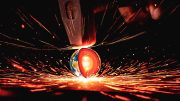
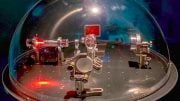
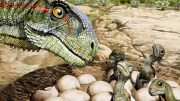

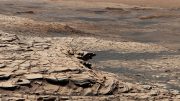
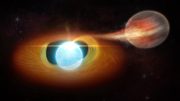
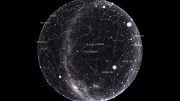
Leave no stone unturned , Another great achievement and a great addition to the Assembly theory work.